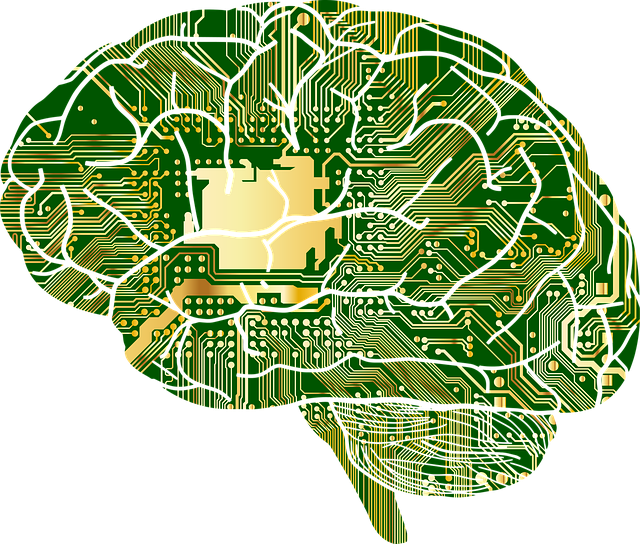Deep learning is a subset of machine learning that involves the use of neural networks with multiple layers, also known as deep neural networks, to analyze and process data. These neural networks are designed to emulate the way the human brain processes information, using a hierarchy of layers to extract and analyze features from raw data.
Deep learning algorithms are capable of learning from large amounts of data and can be used for a variety of tasks, such as image and speech recognition, natural language processing, and decision making. They are particularly useful for tasks that involve complex and highly structured data, such as images, videos, and audio.
 One of the key advantages of deep learning is that it allows computers to learn and improve on their own, without the need for explicit programming. This is possible because deep learning algorithms are able to learn from the data they are given, and can adapt to new situations and data as they encounter them. This makes deep learning a powerful tool for creating intelligent and adaptive systems.
One of the key advantages of deep learning is that it allows computers to learn and improve on their own, without the need for explicit programming. This is possible because deep learning algorithms are able to learn from the data they are given, and can adapt to new situations and data as they encounter them. This makes deep learning a powerful tool for creating intelligent and adaptive systems.
Deep learning algorithms are also highly versatile and can be applied to a wide range of problems. For example, they can be used to create systems that can recognize and respond to speech, interpret images and videos, and understand natural language. They can also be used to analyze and understand complex data, such as financial transactions and medical records.
Deep learning algorithms are also being used to develop new technologies, such as self-driving cars, and to improve existing ones, such as medical imaging. They are also being used to create more realistic and immersive virtual and augmented reality experiences. In addition, deep learning is being used to improve the accuracy and speed of decision-making in industries such as finance, healthcare, and manufacturing.